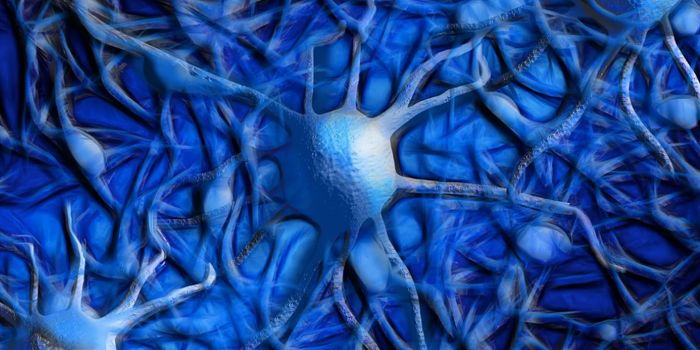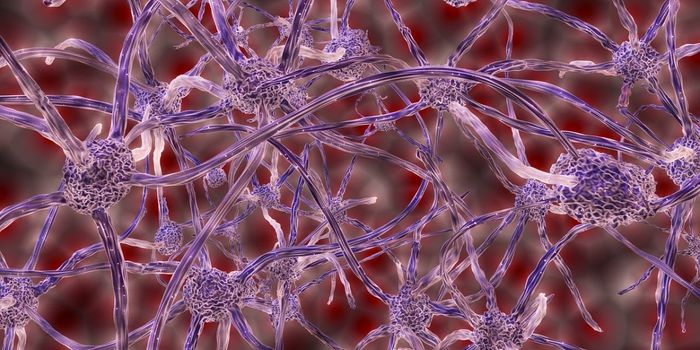The Women Who Can Smell Without Olfactory Bulbs
Until now, it has been commonly accepted that our sense of smell depends on the transmission of olfactory information from the nose to the olfactory bulb in the brain. Therefore, without olfactory bulbs in place, it should be impossible to smell. But this may not be the case.
In a study published in Neuron, a team of researchers found two women who, although have no olfactory bulbs, still have a sense of smell. Moreover, from extensive tests, they found that these two women were able to identify, detect, and discriminate between smells as well as a person with intact olfactory bulbs.
According to Noam Sobel, senior author of the study, “The developing human brain can overcome significant alterations with minimal functional impact, and this may be one example of them (Cell Press: 2019).”
Under normal circumstances, sensory neurons in the nose detect odor molecules, or smells. They then send signals to the brain to interpret these odors into recognizable scents via the olfactory bulbs. Thus, people without these bulbs are typically unable to smell as they cannot interpret these odour signals, and so have a disorder known as “anosmia”.
The women who are able to smell despite their lack of olfactory bulbs were discovered by accident by Sobel and his team while reviewing MRI scans of healthy, left-handed female volunteers for a different study associated with smell. Curious to see how common this phenomenon is, they then reviewed 1,113 further MRIs, finding three more young women with the same circumstance.
From this data, Sobel and his team were then able to determine that around 0.6% of women and 4.25% of left-handed women lack apparent olfactory bulbs yet are still able to smell. Meanwhile, no men were found to have the same dynamic (Weiss: 2019).
According to Sobel, "The simplest interpretation of our findings is that these women were born without an olfactory bulb, but thanks to the extreme plasticity of the developing brain, they developed an alternative glomeruli map somewhere else in the brain, not in the olfactory bulb...Although such plasticity is amazing, it is not out of the realm of what we have seen in human development (Cell Press: 2019)."
In future research, Sobel and his team intend to screen larger samples of the population to learn more about the phenomenon. Given the potential plasticity of the brain to overcome a lack of sense of smell despite missing olfactory lobes, the team is also investigating whether people with anosmia may learn to smell.
Sources
Cell Press: Eureka Alert
Weiss, Tali: Neuron









